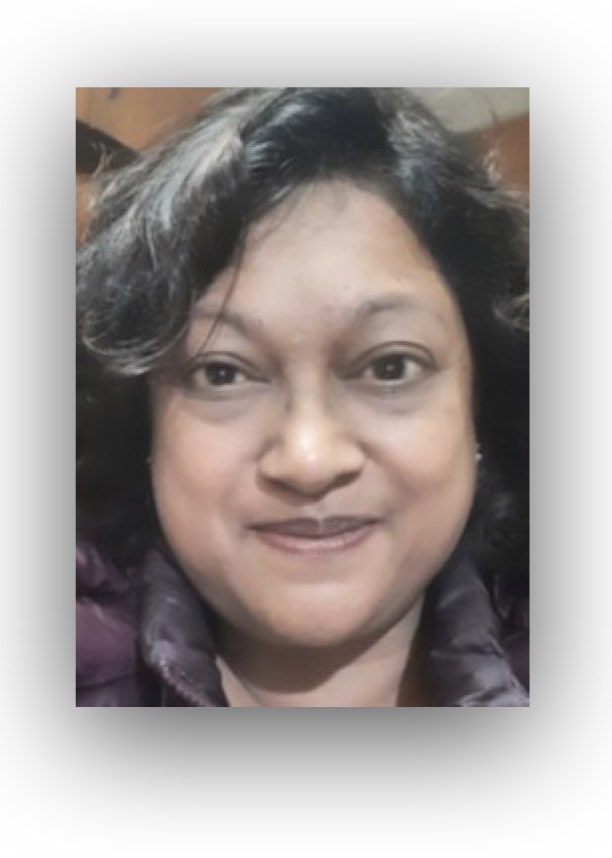Kalikho Pul, the eighth chief minister of Arunachal Pradesh, has a few firsts. He is the first Congress CM in India to be installed with support from arch rivals BJP, and the first from south-eastern Arunachal Pradesh belonging to one of the smallest ethnic groups – Kaman Mishmi.
He is also the first CM with many members of his tribe living in China.
Anjaw, Pul’s home district bordering China, has ethnic groups such as Zakhring whose population is barely 1,000. The Kamans are thrice this number but fewer than the Idus and Digarus, the other two in the greater Mishmi group with an estimated total population of more than 30,000.
Across the border, in southern Tibet, the Kamans are called Geman Dengs. Numbering some 1,500, the Dengs are one of several ethnic groups not recognised by Beijing.
Arunachal Pradesh has 26 major tribes and 100 sub-groups, and among the smallest are the Sherdukpens who practise Buddhism. Prem Khandu Thungon, the state’s first CM from 1975-79, was a member of this community that numbered around 2,000 then. […]
According to the Indigenous Faith and Cultural Society of Arunachal Pradesh, Pul is a minority among minorities on the religious count too. The Kamans follow Amik Matai, an indigenous faith distinct from the Nani Inyata faith of the Idus and Jab Malo of the Digarus.
Adherents of these and other faiths such as Donyi-Polo, Rangfrah and Nyezi-no are 26.2% of the population in Arunachal Pradesh (2011 census), the largest religion being Christianity at 30.26%.
“Miniscule nature-worshipping communities are in the true sense India’s minorities, though the term is invariably used for mainstream religious groups,” Assam-based Ramkui Newme, head of an indigenous faith called Heraka, told Hindustan Times.
Some 200,000 Zeliangrongs comprising Zeme, Liangmai and Rongmei Nagas in Assam, Manipur and Nagaland follow Heraka.
Like the Monpas of Tawang, the Kaman Mishmis had borne the brunt of the Chinese attack in the Walong (Anjaw) sector in 1962. Many played the ethnic card – some Chinese soldiers were Mishmis – to save themselves as well as help the Indian army.
Nabam Tuki, the man Pul ousted to become CM, had in 2010 honoured a septuagenarian named Alorno Pul as recognition of his role in saving Indian lives and property in the 1962 war. […]
He also said Mishmis on either side cross the border often to meet up and exchange farm produce.
Source: “Kalikho Pul: Arunachal’s ‘minority’ CM with half his tribe in China” by Rahul Karmakar, Hindustan Times, Guwahati 21 February 2016
Address: https://www.hindustantimes.com/india/kalikho-pul-arunachal-s-minority-cm-with-half-his-tribe-in-china/story-bzSOfFaxKMkRYhQApQ7n2H.html
Date Visited: 15 November 2021

“[A] common perception of conversion, prevalent in India, is that all conversions take place only among deprived lower caste or tribal groups, which are considered more susceptible to allurement or coercion. The reality of upper caste conversions is ignored in this climate of cynicism.”– Dr. Ivy Imogene Hansdak in Pandita Ramabai Saraswati: the convert as ‘heretic’ | More about the effects of “casteism” >>
Tips for using interactive maps
Toggle to normal view (from reader view) should the interactive map not be displayed by your tablet, smartphone or pc browser
For details and hyperlinks click on the rectangular button (left on the map’s header)
Scroll and click on one of the markers for information of special interest
Explore India’s tribal cultural heritage with the help of another interactive map >>
“The uniqueness of northeast states of India lies in their cultures” | Learn more >>
In Marginalised but not Defeated, Tarun Kanti Bose (a seasoned public interest journalist) “talks about the Khasis, Nagas, Karbis, Garos, Rabhas, Misings, Daflas, Bodos, Akas and others in the North-east. […] The mainstream development paradigm is being questioned and new rainbows of collective, community reassertions are happening across the tribal belt in India. More so, in most cases, led by brave, empowered and resilient women.” | Learn more: https://countercurrents.org/2023/05/book-review-marginalised-but-not-defeated >>
Up-to-date reports by Indian journalists and commentators
To search Indian periodicals, magazines, web portals and other sources safely, click here. To find an Indian PhD thesis on a particular tribal community, region and related issues, click here >>
Search tips
Combine the name of any particular state, language or region with that of any tribal (Adivasi) community.
Add keywords of special interest (music, poetry, dance just as health, sacred grove and biodiversity); learn about the rights of Scheduled Tribes such as the “Forest Rights Act” (FRA); and the United Nations “Declaration on the Rights of Indigenous Peoples”, “Universal Declaration of Human Rights”, “women’s rights”, or “children’s right to education”.
Ask a question that includes “tribal” or “Adivasi”, for instance: “Adivasi way of life better?” (or “tribal way of life worse?”)
Specify any particular issue or news item (biodiversity, bonded labour and human trafficking, climate change, ecology, economic development, ethnobotany, ethnomedicine, global warming, hunter-gatherers in a particular region or state, prevention of rural poverty, water access).
For official figures include “scheduled tribe ST” along with a union state or region: e.g. “Chhattisgarh ST community”, “Himalayan tribe”, “Scheduled tribe Tamil Nadu census”, “ST Kerala census”, “Particularly Vulnerable Tribal Group Jharkhand”, “PVTG Rajasthan”, “Adivasi ST Kerala”, “Adibasi ST West Bengal” etc.
In case the Google Custom Search window is not displayed here try the following: (1) toggle between “Reader” and regular viewing; (2) in your browser’s Security settings select “Enable JavaScript” | More tips >>
Note: hyperlinks and quotes are meant for fact-checking and information purposes only | Disclaimer >>